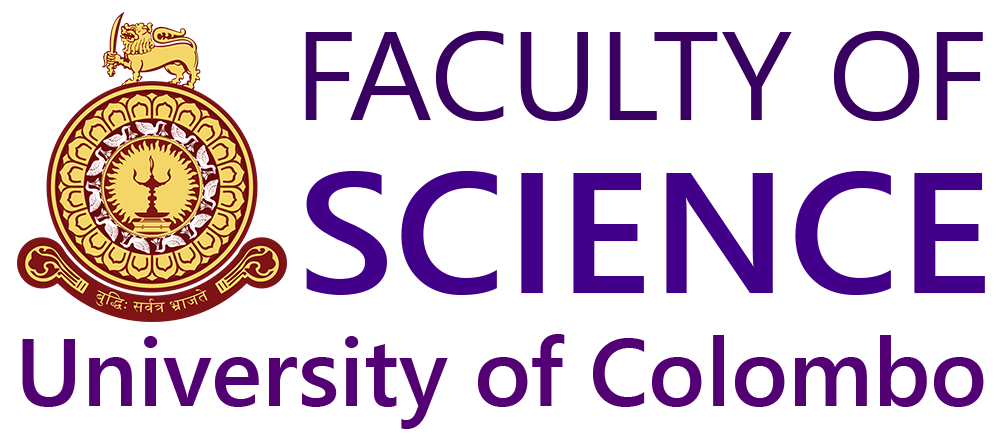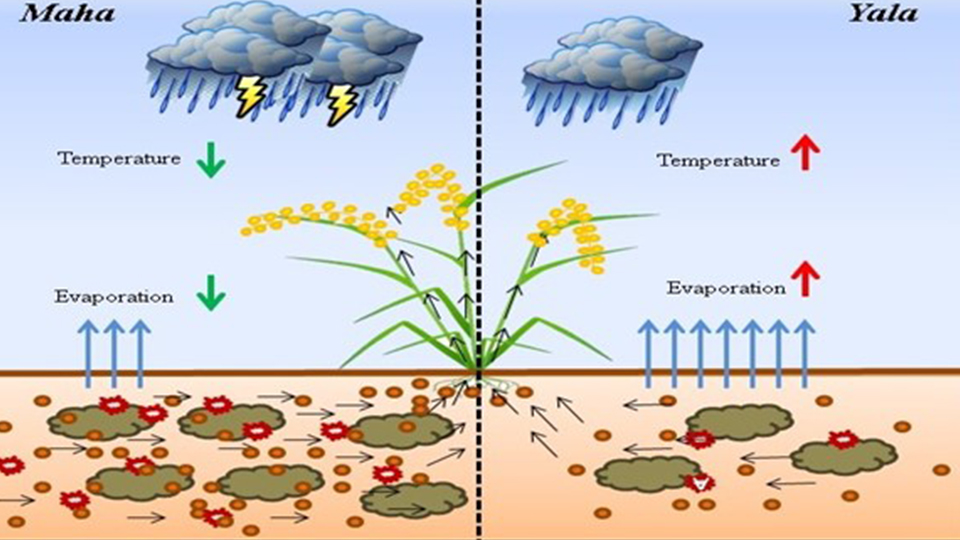The agricultural symbol of Sri Lanka for global recognition
“We explored the unseen nutritional world of Sri Lankan rice varieties with a positive impact of cultivation seasonal variation”
Every person needs to get a nutritional and healthy diet for their growth and development. But, in present nutritional properties or dietary requirements is being decreased from the main diet due to various anthropogenic activities.
Rice is the most consumed cereal grain of Sri Lankans and rice varieties grown in Sri Lankan soil have a global recognition owing to the nutritional composition in grains. Among all other nutritional constituents, minerals play a vital role in human health by controlling different types of biological functions.
The growth and production of rice are mainly affected by genetic and environmental factors including soil properties, biotic conditions, and cultural practices. In Sri Lanka, rice varieties are cultivated using two principal cultivation seasons: Maha and Yala. Maha season is effective from September to March while Yala season is effective from May to the end of August. With this variation of cultivation seasons, rice varieties are grown in different environmental conditions such as ambient temperature, relative humidity, photoperiod, solar radiation, total rainfall, and water availability. The fluctuation of these environmental conditions can change the soil properties in paddy fields. Then, it will affect to uptake of minerals and toxic heavy metals from soil to rice plants creating a variation of minerals composition of rice grains.
Another major reason affecting to the variation of mineral composition in rice is applications of inorganic fertilizers and pesticides for increasing the production yield. Accumulation of toxic heavy metals in rice grains is mainly caused by these fertilizer applications.
Therefore, considering all above facts, this research study was conducted to investigate the effect of cultivation seasonal variations on the composition of minerals and heavy metals in Sri Lankan traditional and improved rice varieties while developing a comprehensive profile of minerals and toxic heavy metals.
For this investigation, the contents of minerals and heavy metals in selected traditional and improved rice varieties cultivated at the paddy fields of Rice Research and Development Institute, Batalagoda, Sri Lanka was determined using intra-laboratory validated test methodologies combined with ICP-MS and UV-Visible Spectrophotometry.
As a positive outcome of this study, there was a significant impact on the profile of minerals and toxic heavy metals of rice varieties due to cultivation seasonal variation. Analyzed rice varieties were confirmed at low risk of toxic heavy metals after comparing with the maximum levels stipulated by FAO/WHO guidelines. Moreover, this study highlights that the analyzed rice varieties were rich in essential minerals, including calcium, magnesium, iron, zinc, phosphorous and these rice grains can be consumed without performing bio-fortification for preventing mineral deficiencies. Hence, Sri Lankan rice varieties can be used as mineral rich sources for rice breeding processes.
The study was a consequence of a collaboration among the University of Colombo, Industrial Technology Institute, and Rice Research and Development Institute, Batalagoda. This study was carried out as a part of MPhil/PhD degree of Ms. Sharmila Karunarathna (Research Technologist, Industrial Technology Institute) under the supervision of Senior Prof. Ranjith Mahanama (Department of Chemistry, Faculty of Science, University of Colombo) and Dr. Sudarshana Somasiri (Additional Director General-Technical Services, Industrial Technology Institute).
As future studies, correlation analysis between the soil properties of cultivated locations and minerals in rice grains will be carried out to determine whether the soil factors affected for variation of mineral composition of rice grains which were cultivated during both seasons.
Reference:
Sharmila Karunarathna, Sudarshana Somasiri, Ranjith Mahanama., (2022 February 02). Seasonal variation on mineral profile in rice varieties of Sri Lanka. Journal of Food composition and analysis, 108(2022)104447, 1-7.
https://doi.org/10.1016/j.jfca.2022.104447
Image prepared by: Sharmila Karunarathna
Written by: Sharmila Karunarathna

